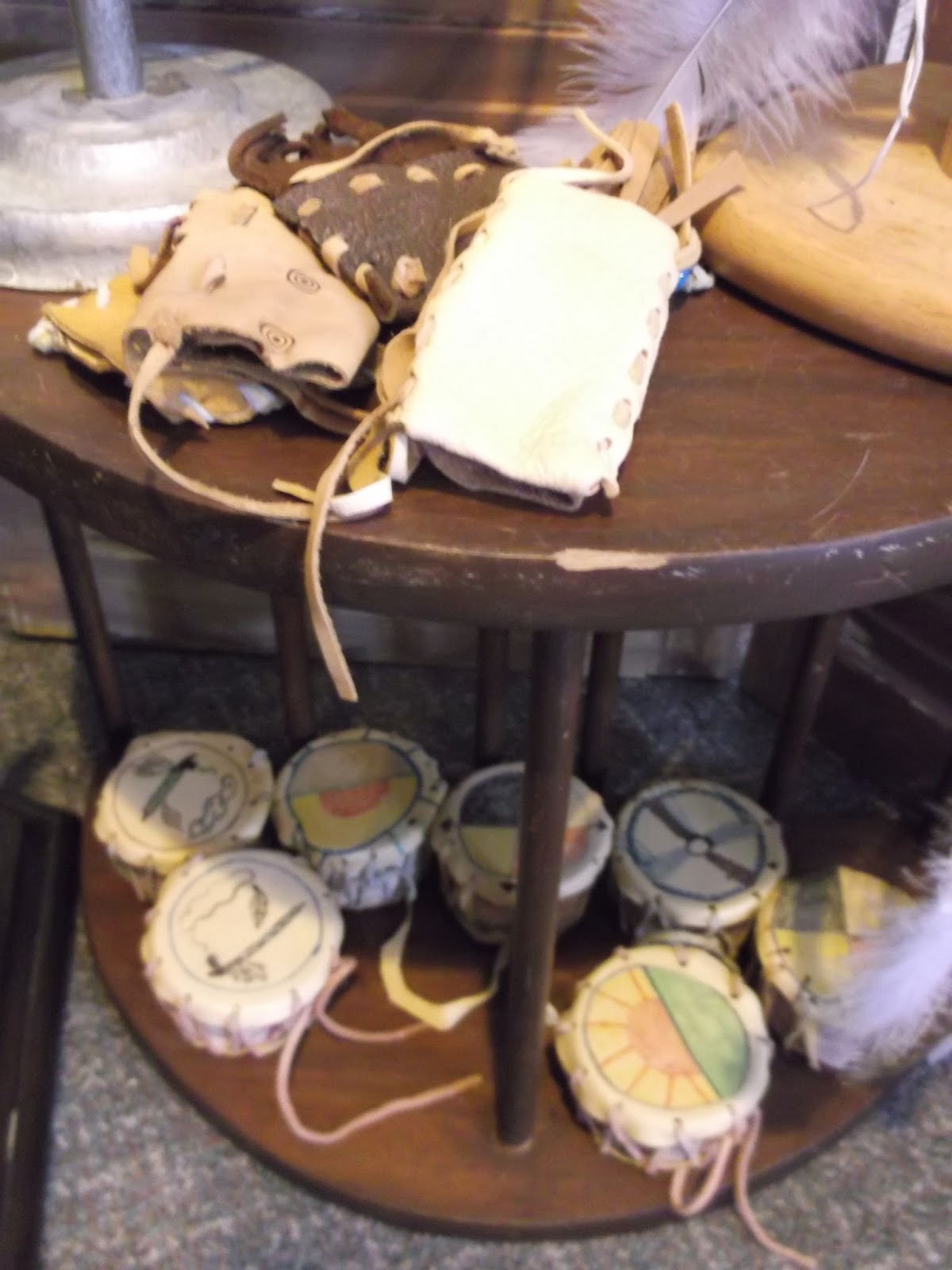Step One: for thinner pieces of weathered wood, look for old fence lines to tear down, or someone's old deck. The most 'coveted' signs are the naturally 'ripped' ones at both ends, to emulate the 'faux ripped'/jagged edge signs one often sees.
Step Two: For painting, you will want to find pieces that haven't split TOO much. While knots and cracks make for delightful character in beams, walls and other larger signs, you'll want to find a weathered piece whose surface is still 'tight'. (Worm holes are excellent though).
Step Three: I try to always paint my signs from the middle OUT, to balance where letters will go. The characters and arrows should be painted (or wood-burned, or twig glued) on first, then letters added around them. For various methods and fonts, see here.
Step Four: for consistency of shadowing to add a more 3-D 'pop' to letters, choose which side and direction your light source would be in and keep this in mind at all times when you add in the black or darker colour behind the letters.
Step Five: for extras like dots or half-moons, simply turn the paint brush upside down. Wipe off excess paint after every second dab.
Step Six: I often use jute rope or rusty chain and small u-shaped fence staples to attach a hanger, but this custom order requested eco-friendly furled paper 'raffia' bows in the blue tones. It can be time-consuming to unfurl the paper, so sometimes I leave it 'roped' and just unfurl what is needed for the actual bows!
Step Seven: The finished product is ready for hanging. Sometimes I prefer to tie the bow off to the side (see last photo) rather than dead centre, as it's easier to hang and looks less contrived. If the sign is meant to hang over a finished wall, I will sometimes cut and glue old grey felt to the back to avoid any potential scratching on walls.
Step Eight: If you head off to the Rabbit Hole, don't forget to find your way back!
Linking up with: Creative Friday at Natural Suburbia























